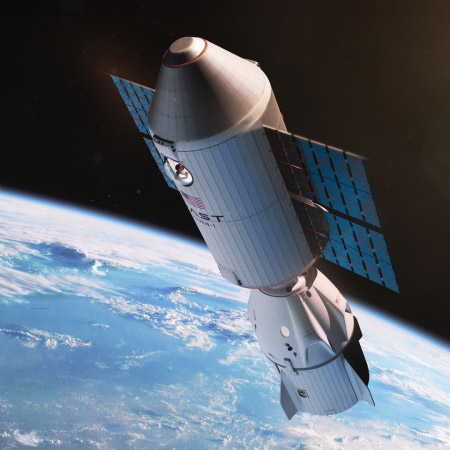April 14, 2025 Quick space links
Courtesy of BtB’s stringer Jay. This post is also an open thread. I welcome my readers to post any comments or additional links relating to any space issues, even if unrelated to the links below.
- China touts Mars program using proposed Long March 9 rocket
China claims the first stage will always be reusable, while the upper stage will be eventually. At the moment however this is all powerpoint presentations, no more.
- Chinese pseudo-company Space Pioneer delays first launch of its Tianlong-3 Falcon-9 copycat rocket until the summer 2025
This same pseudo-company had a test first stage break free and launch itself last year during a static fire test.
- Rocket fairing found on road in Anhui in eastern China
No information about the rocket or launch is provided. To quote: “It may have been accidentally dropped during transportation after recovery. Or maybe it was blown away by the wind from a previous launch months ago?” Since China has said nothing about any attempts to recover fairings, this remains a mystery.
- Telesat amends its FCC licence, reducing its Lightspeed constellation from 1,671 satellites to only 300
The company has not provided an explanation as to why.
Courtesy of BtB’s stringer Jay. This post is also an open thread. I welcome my readers to post any comments or additional links relating to any space issues, even if unrelated to the links below.
- China touts Mars program using proposed Long March 9 rocket
China claims the first stage will always be reusable, while the upper stage will be eventually. At the moment however this is all powerpoint presentations, no more.
- Chinese pseudo-company Space Pioneer delays first launch of its Tianlong-3 Falcon-9 copycat rocket until the summer 2025
This same pseudo-company had a test first stage break free and launch itself last year during a static fire test.
- Rocket fairing found on road in Anhui in eastern China
No information about the rocket or launch is provided. To quote: “It may have been accidentally dropped during transportation after recovery. Or maybe it was blown away by the wind from a previous launch months ago?” Since China has said nothing about any attempts to recover fairings, this remains a mystery.
- Telesat amends its FCC licence, reducing its Lightspeed constellation from 1,671 satellites to only 300
The company has not provided an explanation as to why.







